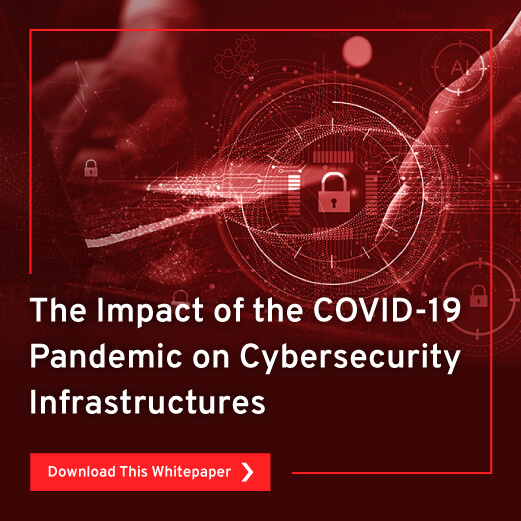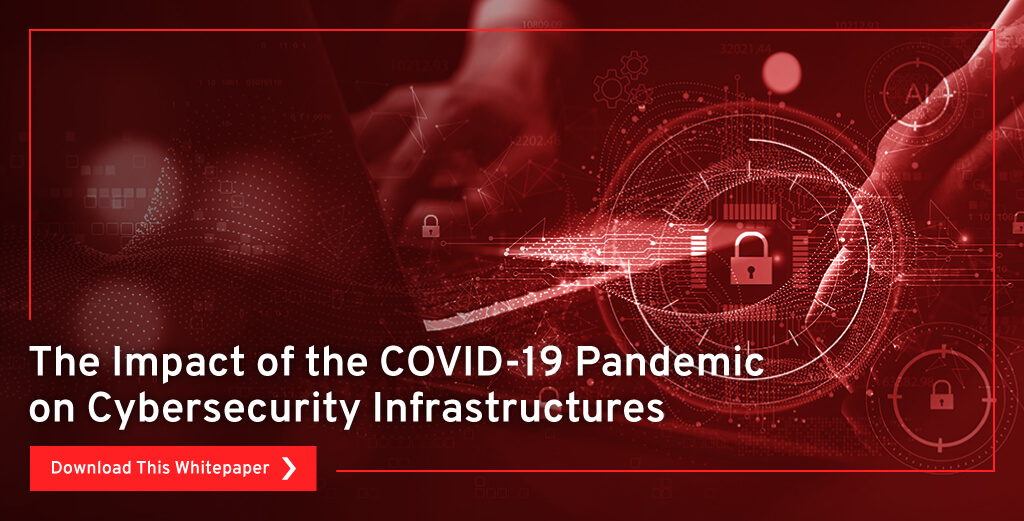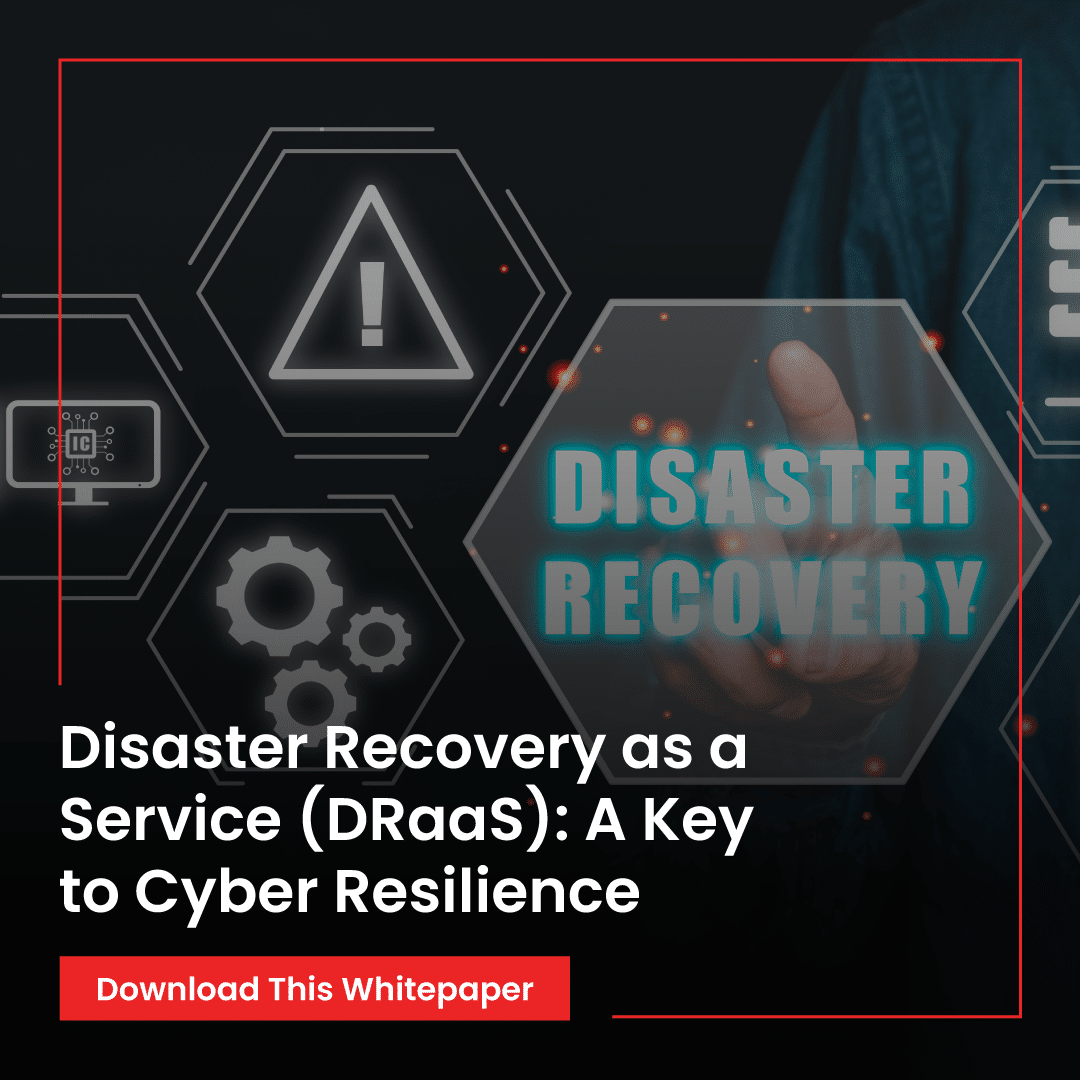The Impact of the COVID-19 Pandemic on Cybersecurity Infrastructures
The COVID-19 pandemic has impacted everyday life in previously unimaginable ways. One of the most serious consequences has been the increasing rate of cyberattacks. These incidents have affected even the largest organizations in both the private and public sectors, impacting millions of individuals across the globe. During the first wave of COVID-19 infections, malicious hackers launched cyberattacks that took advantage of the sudden shift from traditional office environments to a work-from-home employment model. Since then, the onslaught has shown no signs of slowing down. Despite these high stakes and unprecedented circumstances, however, only a small portion of organizations today have expended the time and effort to identify and invest in effective cybersecurity solutions. Instead, many organizations have focused on mitigating the operational and financial pressures they are experiencing as a result of shifting consumer demands, supply chain problems, and other constraints. The purpose of this paper is to shed light on the impact that the COVID-19 pandemic has had on the cybersecurity industry, addressing major concerns and challenges and evaluating the magnitude of the associated risks.









